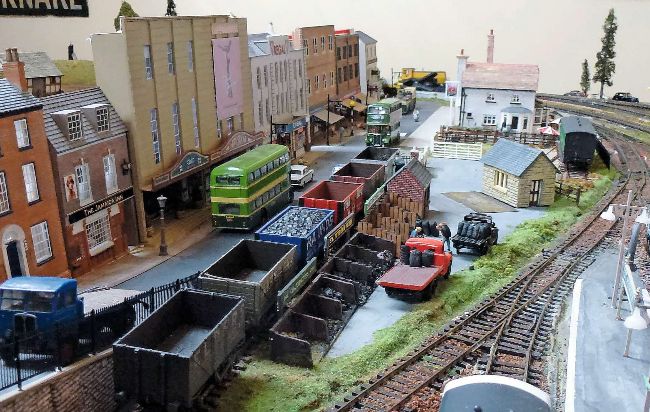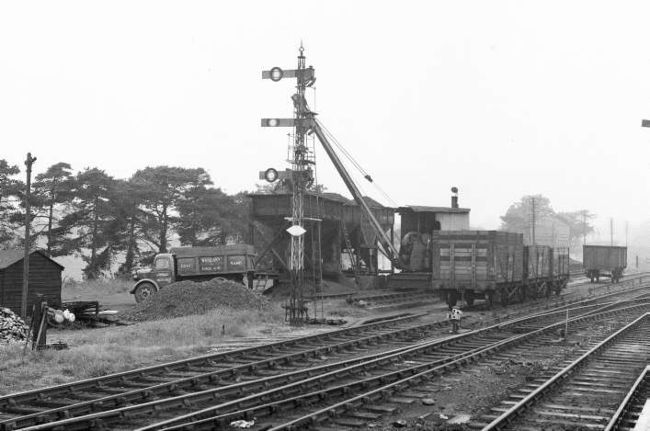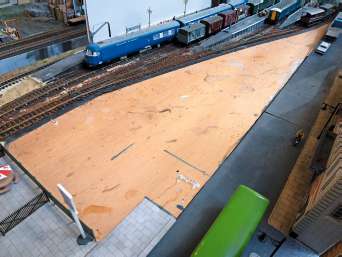HOW TO BUILD A COAL YARD

PHOTOGRAPHY: CHRIS LEIGH
When I start a modelling project, my first requirement is references – lots of them. For a project such as this, I look for photographs and a Google search usually sets me off on the right foot. Not this time. I tried searching under various headings but what I was seeking simply did not seem to exist.
I have a small, awkwardly shaped space in the middle of my layout that I wanted to fill. My philosophy about layout construction, unless I’m modelling an actual place, has always been the opposite of what I recommend to others.
I would always advise modellers to devise a layout plan and stick to it, but my own layouts are seldom planned. They exist in my head until I build them and then, because the building process is always slow, the plan in my head changes and evolves.
That is how I came to have a ‘hole’ in the middle of my layout and no clear idea of what I would put into that space. Then I built the camping coach module (MR290) and that fitted alongside the Boot public house. My layout has several pubs so I have to refer to each one by its name. The camping coach module left a tapered space and I decided that if I installed a kick-back siding I could create a small coal yard to fill it. This would have the advantage that all the structures are low so they would not obstruct the view of the inclined street and the staggered low-relief buildings which back that part of the layout.
At much the same time, some cast iron GWR notices were returned to me after 50-plus years on display in the Industrial Railway Museum at Penrhyn Castle. The display was being dismantled and loaned exhibits returned to their owners. One of those signs is a dire warning about the consequences of propping up the doors of merchandise wagons for the support of coal weighing machines etc. Just what was that all about? Could I, perhaps, incorporate a little cameo showing just what bad practice it was that the GWR was warning against.

Above: At Fareham, in Hampshire, the system was more mechanised, with a grab-equipped crane for unloading from the wagons into hoppers which would then fill a tipper lorry. This was probably coal for industrial use rather than bagged coal for domestic consumption.

Cleared of clutter, this is the space I have available on my layout for the camping coach diorama and the coal yard.
So, having made the decision and offered a feature on how I made the coal yard to Model Rail’s Editor, I began the search for good reference photographs. It is fair to say that the internet search was especially disappointing. I tried various terms such as ‘coal merchants’, ‘yard images’, ‘coal staithes’ and ‘coal yard images’. I found a nice photograph of a horse pulling a coal delivery wagon, but the main attraction was the coal merchant’s name, Beeby. My great grandfather was a Beeby. The picture was no help with my project, though.